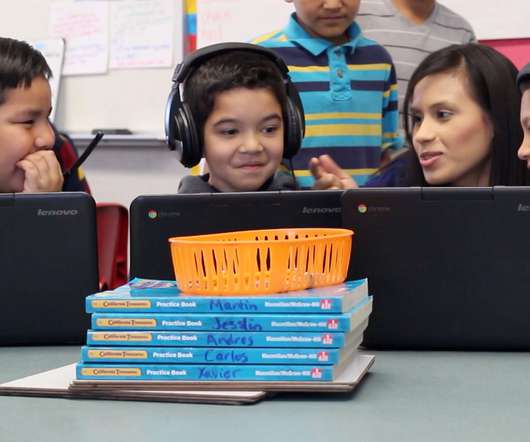New to Competency-Based Learning? Here're Five Ways to Assess It
Edsurge
MAY 22, 2017
When a competency-based approach to assessment is in place, students must show what they know as well as what they can do. No more just showing up for class and meeting the seat time requirements. According to a 2016 report by iNACOL, 36 states are currently investigating policy surrounding competency-based education.














Let's personalize your content